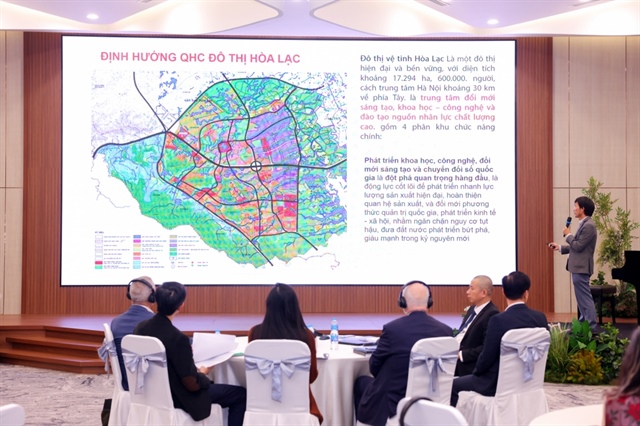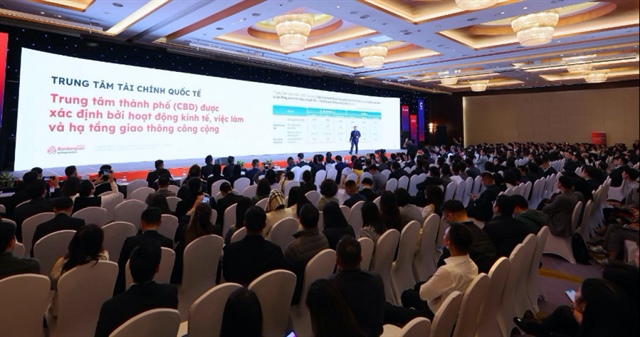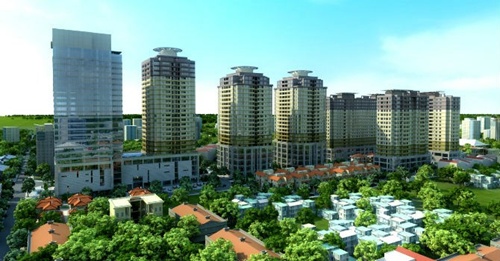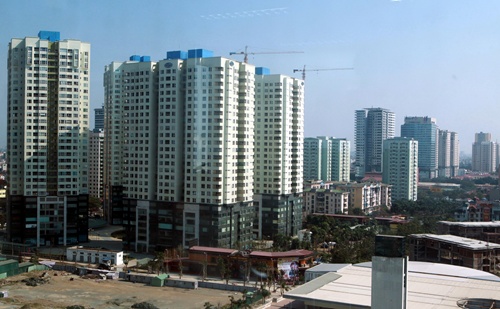Construction sector grows 8.8 per cent
Construction sector grows 8.8 per cent
The construction sector grew 8.8 per cent in gross domestic product (GDP) for the first half of this year, the highest growth since 2010, reported the Ministry of Construction during a conference in Ha Noi on Thursday on tasks in the second half of this year.
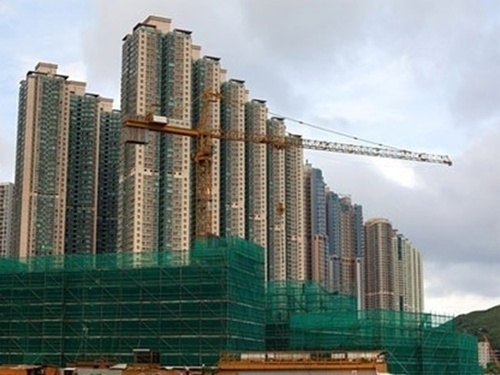
In first half of this year, the ministry's enterprises booked revenues at about VND76.1 trillion (US$3.45 billion) while the rate of urban and rural construction hit 100 percent, and urbanisation nearly 35.7 percent of their respective targets for the period.
The average floor area per person reached 22.3sq.m, a rise of 0.3 sq.m from late 2015. The construction ministry also said the construction industry still had limitations in building legal documents and standard systems compatible with international regulations, equitisation at some corporations and administrative reform.
Therefore, construction minister Pham Hong Ha said at the conference that the ministry would refine legal regulations, review the Law on Construction and issue decrees on construction, housing and real estate business.
The issuance of construction licences will be reduced to 22-25 days from 30 days, as part of efforts to realise the government's resolution on improving the business climate and national competitiveness, as well as the resolution on business development support.
Property market
In other developments, Viet An Hoa Company's general director Tran Khanh Quang said urban land, agricultural land and property products in and around industrial zones were expected to be hot by the end of this year, reported vnexpress.net.
The market of private property, including land and houses on land in urban areas had high growth in the first half of this year compared with that in the first half of last year, and land prices have increased by 20 per cent since the beginning of this year, Quang said.
The unchanged apartment market and apartment prices have created a chance for house and land prices to grow strongly. Trading liquidity and the price of land and houses have increased constantly and the demand for these property products are expected to grow "hot" in the next six months.
Meanwhile, signed trade agreements and international integration have affected the growth of the local economy in general and the market of industrial zones in particular, he said.
Local and foreign companies have been prompted to lease facilities in industrial zones to expand production and business activities in the future.
Therefore, in medium term, the market of leased facilities in industrial zones would remain in high demand, especially in Long An and Binh Duong, neighbouring provinces of HCM City, he said.
Property markets around industrial zones have also attracted investors, including land and available houses for rent, for the first six months of this year, said Quang, adding that demand for property products around industrial zones would continue growth in the future.
Quang also said investors had increased buying land in sub-urban areas and neighbouring provinces to produce clean vegetable and food since early this year. This trend would continue developing through this year's end and beyond.
The number of industrial projects in the southern region comprises approximately 100 industrial parks and processing zones, most of which are located in Dong Nai and Binh Duong, according to JLL, a foreign property service provider.
The industrial space market in the southern region is expected to welcome more than 10,000ha of land area by the end of 2020.
Rental fees are expected to be on a slight uptrend in the near future, since demand for industrial properties improves as Viet Nam will receive more FDI capital following the announcement of a number of FTAs.
Investments in eco-friendly industries with advanced technologies are expected to be further incentivised in the southern industrial market.


